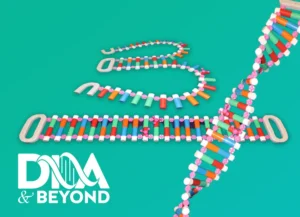Unit 1: Digging Deeper
At the Human Genome Project website of the National Institutes of Health, we find these overview comments (https://www.genome.gov/genetics-glossary/Epigenetics): “Epigenetics is an emerging field of science that studies heritable changes caused by the activation and deactivation […]


